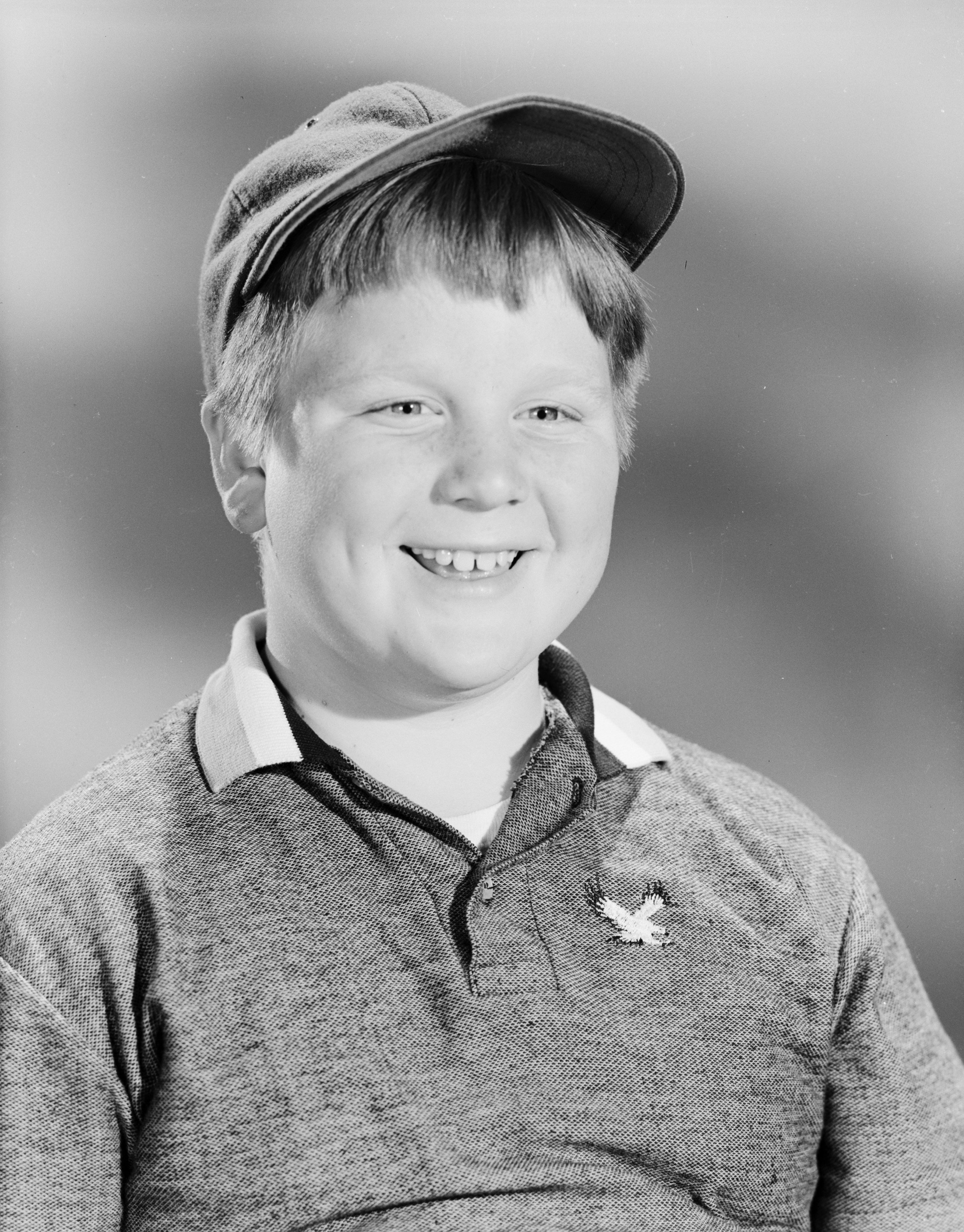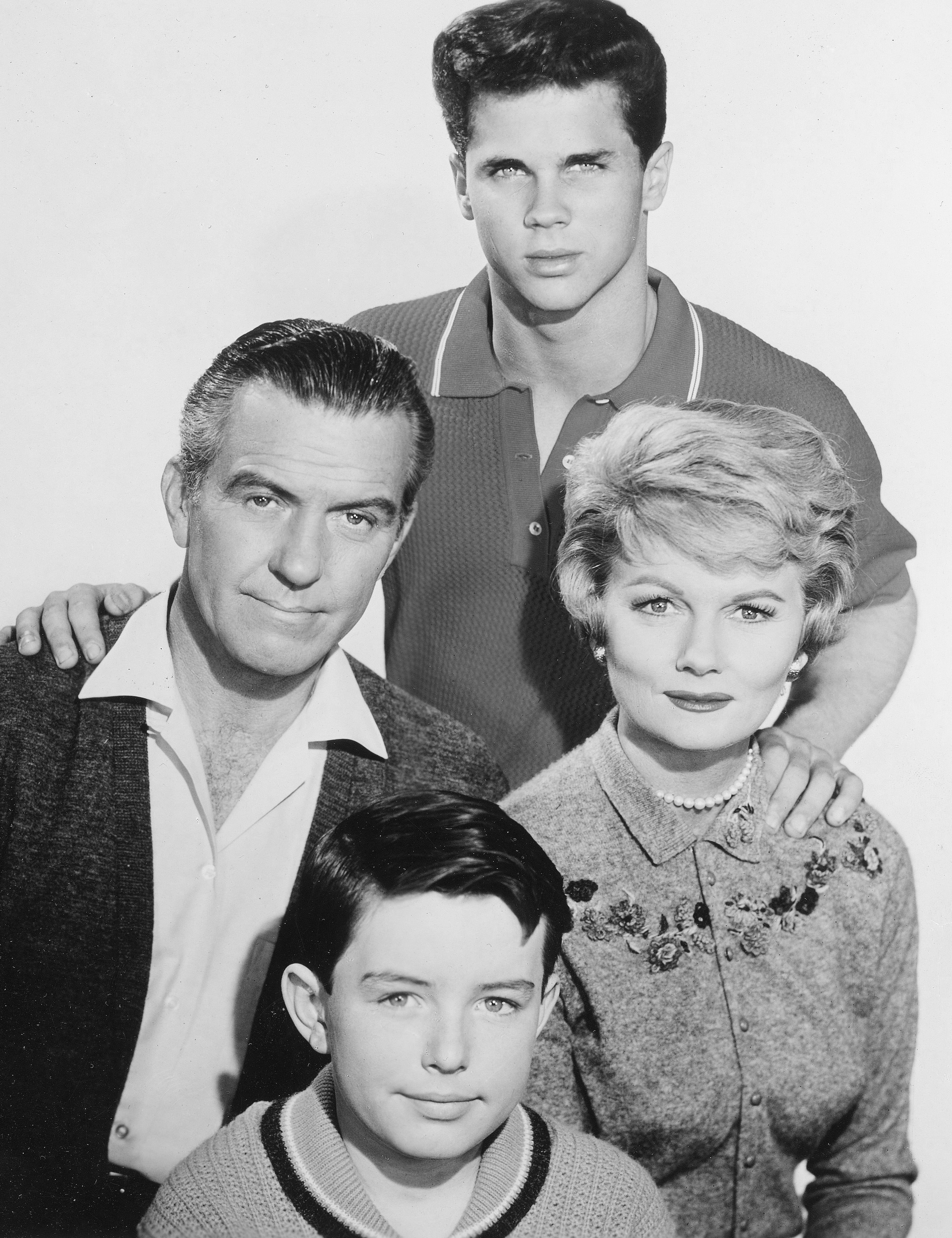Ever wondered why a black-and-white sitcom from the late 1950s continues to resonate with audiences across generations? Leave It to Beaver isn't just a relic of television's golden age; it's a timeless exploration of family, childhood, and the enduring values that shape us all.
The series, which first graced television screens in 1957, transported viewers to the idyllic suburb of Mayfield, a world populated by picket fences, station wagons, and the wholesome Cleaver family. At the heart of the show was Theodore Beaver Cleaver, a young boy navigating the complexities of childhood with a blend of curiosity, innocence, and an uncanny knack for getting into trouble. His adventures, often fueled by well-intentioned but misguided decisions, provided the core narrative for the series, offering a glimpse into the everyday lives of a typical American family.
The show's appeal extended far beyond Beaver's antics. The series was anchored by a stellar cast, including Barbara Billingsley as June Cleaver, the epitome of the caring, nurturing mother, and Hugh Beaumont as Ward Cleaver, the wise and patient father figure. Tony Dow, as Beaver's older brother Wally, brought a sense of older-sibling camaraderie and the navigation of teenage years that many viewers could relate to. The series also featured a supporting cast of memorable characters, including Beaver's friends and classmates, who added depth and comedic relief to the unfolding stories.
| Key Information: Leave It to Beaver | |
|---|---|
| Full Title | Leave It to Beaver |
| Original Run | 1957–1963 |
| Genre | Sitcom, Family |
| Setting | Mayfield, USA (Suburban) |
| Main Characters | Theodore Beaver Cleaver, June Cleaver, Ward Cleaver, Wally Cleaver |
| Created By | Joe Connelly and Bob Mosher |
| Network | CBS (1957-1958), ABC (1958-1963) |
| Episodes | 234 |
| Themes | Family, Childhood, Growing up, Morality, Suburban Life |
| Availability | Streaming on Amazon Prime Video, Peacock Premium, The Roku Channel, Apple TV, Amazon Video (as of current date) |
| Reference | IMDB |
The narrative structure of Leave It to Beaver typically centered around a problem faced by Beaver, often stemming from his youthful indiscretions or misunderstandings. These situations, while often humorous, served as opportunities for the Cleaver family to impart valuable life lessons. The show masterfully captured the anxieties and triumphs of childhood, from navigating schoolyard politics to understanding the complexities of social relationships. The parents, June and Ward, acted as guiding forces, offering gentle guidance, stern discipline when necessary, and a consistent display of love and support.
The show's depiction of family life was, in many ways, a reflection of the idealized American family of the 1950s and early 1960s. Ward Cleaver's role as the provider and June Cleaver's role as the homemaker were indicative of the social norms of the era. However, beyond this surface-level portrayal, the show offered a deeper exploration of family dynamics. The Cleavers were not immune to conflict; they, like any family, faced challenges, disagreements, and moments of frustration. But through it all, they remained a close-knit unit, bound by a shared commitment to love, respect, and understanding.
One of the enduring strengths of Leave It to Beaver was its ability to address moral dilemmas in an accessible and relatable manner. The episodes often revolved around issues of honesty, integrity, responsibility, and the consequences of one's actions. Beaver's misadventures, such as the infamous episode where Wally and Beaver secretly order a Florida alligator from a comic book, presented opportunities to explore these themes. In this particular instance, the boys' attempt to raise the alligator led to complications, requiring the help of an alligator expert, Captain Jack, which offered valuable learning opportunities.
The show also skillfully captured the nuances of childhood friendships. Beaver's interactions with his friends, such as Eddie Haskell and Lumpy Rutherford, provided ample comedic moments. Eddie Haskell, in particular, was a masterful portrayal of a friend who knew how to manipulate situations and use flattery to his advantage, and the constant tension of how he interacts with the Cleaver's family and particularly, Mrs. Cleaver. These relationships were integral to the show's exploration of social dynamics and the complexities of navigating the world of childhood.
Beyond its entertainment value, Leave It to Beaver served as a cultural touchstone, reflecting the social and cultural values of its time. The show's portrayal of suburban life, with its focus on family, community, and conformity, provides a window into the aspirations and anxieties of the post-World War II generation. The series captured the essence of a time when the American dream was within reach for many, offering a glimpse into a world of stability, security, and optimism.
The legacy of Leave It to Beaver extends far beyond its original run. The show has been rerun in syndication for decades, introducing new generations of viewers to the Cleaver family. It has also spawned spin-offs, movies, and merchandise, demonstrating its enduring appeal. The show's themes of family, friendship, and the challenges of growing up continue to resonate with audiences today, reminding viewers of the simple joys and complex realities of childhood.
The show's impact is seen across different platforms. You can watch the series streaming on Amazon Prime Video, Peacock Premium, and The Roku Channel, or buy episodes on Apple TV and Amazon Video. Its consistent availability underscores its continued relevance and appeal.
Leave It to Beaver continues to hold its place in television history, a testament to the power of storytelling, the universality of the human experience, and the enduring appeal of family values. The show's ability to elicit laughter, evoke nostalgia, and remind viewers of the importance of love, kindness, and understanding ensures its enduring legacy for generations to come.



